Editor’s Note: This article is intended for discussion purposes only. Please acquire adequate training in self-defense from a qualified instructor.
Several years back, my daughter had a recital at her college. I was off duty, out of my jurisdiction and, under Florida law, could not carry my Springfield Armory XD on school grounds. As soon as I approached the venue, I began scanning…
If you have gone to “gun-free zones” such as a sporting competition, movie, worship service, healthcare facility or even work, you have inadvertently exposed yourself to risk. Whenever we venture beyond our homes, we naturally face additional safety concerns. Though statistically unlikely, you could find yourself as an unwilling victim of an Active Assailant Event (AAE).
An AAE is when an attacker attempts to use a firearm, an edged or other weapon, a vehicle, improvised explosive devices, or a combination of any of these to attack innocent victims.
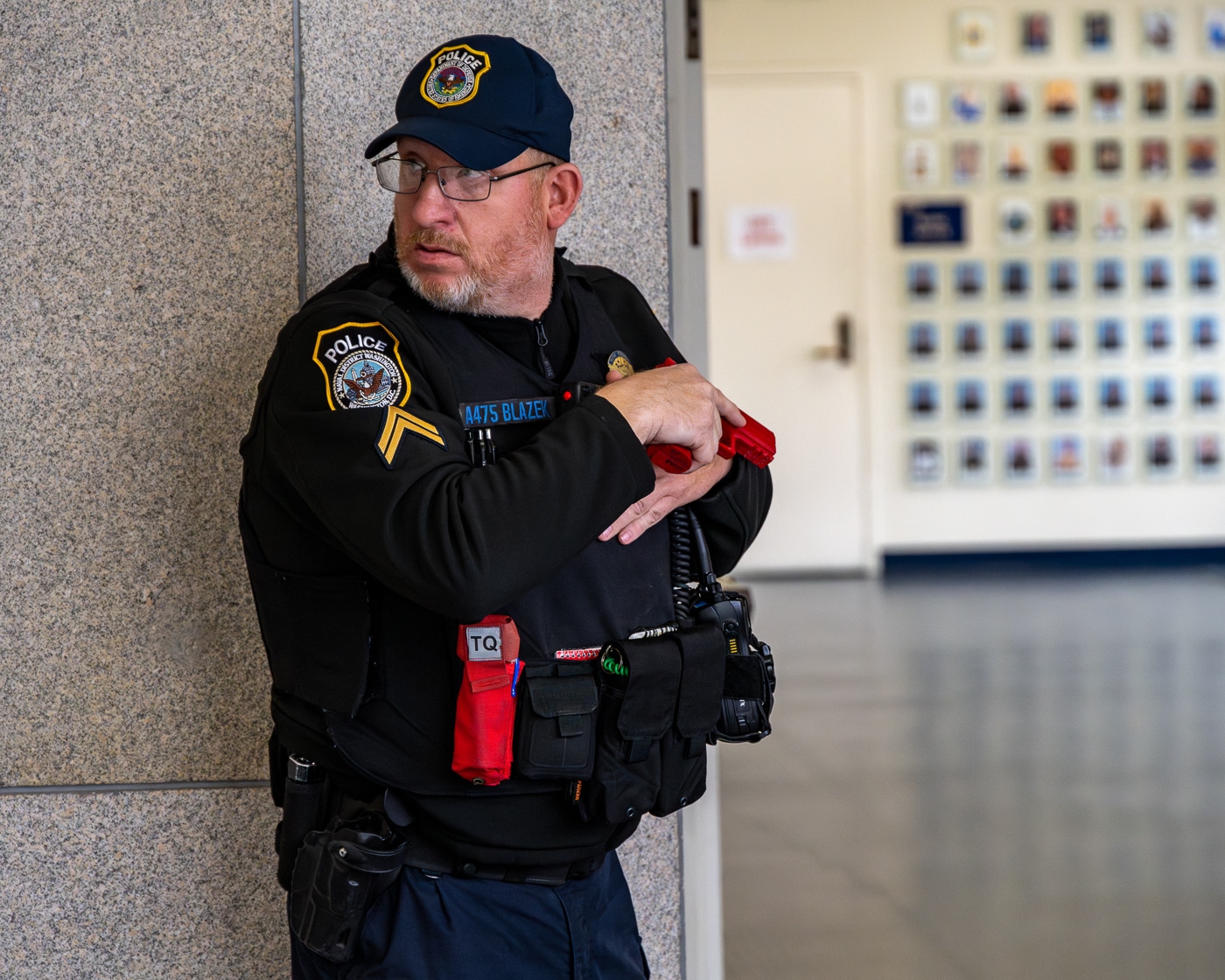
Due to my background, I have served as the lead instructor for police officers on how to respond to an AAE. But this is vastly different from finding yourself in the middle of one. A cop has some idea of what he or she is confronting. As a victim, you can be exposed to a spontaneous, deadly situation with little or no warning.
Officers have the necessary equipment, policies, training and communication when entering a violent scene. A victim has none of these in a gun-free zone in a public area. However, two things that victims can choose to have in common with first responders are mindset and situational awareness.
The Tools You Have
Let’s talk about mindset. If a critical incident exploded right this second, would you freeze or act? At any point in time, you may have to control your emotions and quickly initiate maneuvers to save your own life. Action beats inaction. If you are confident that you can do this, you own the right mindset to survive.
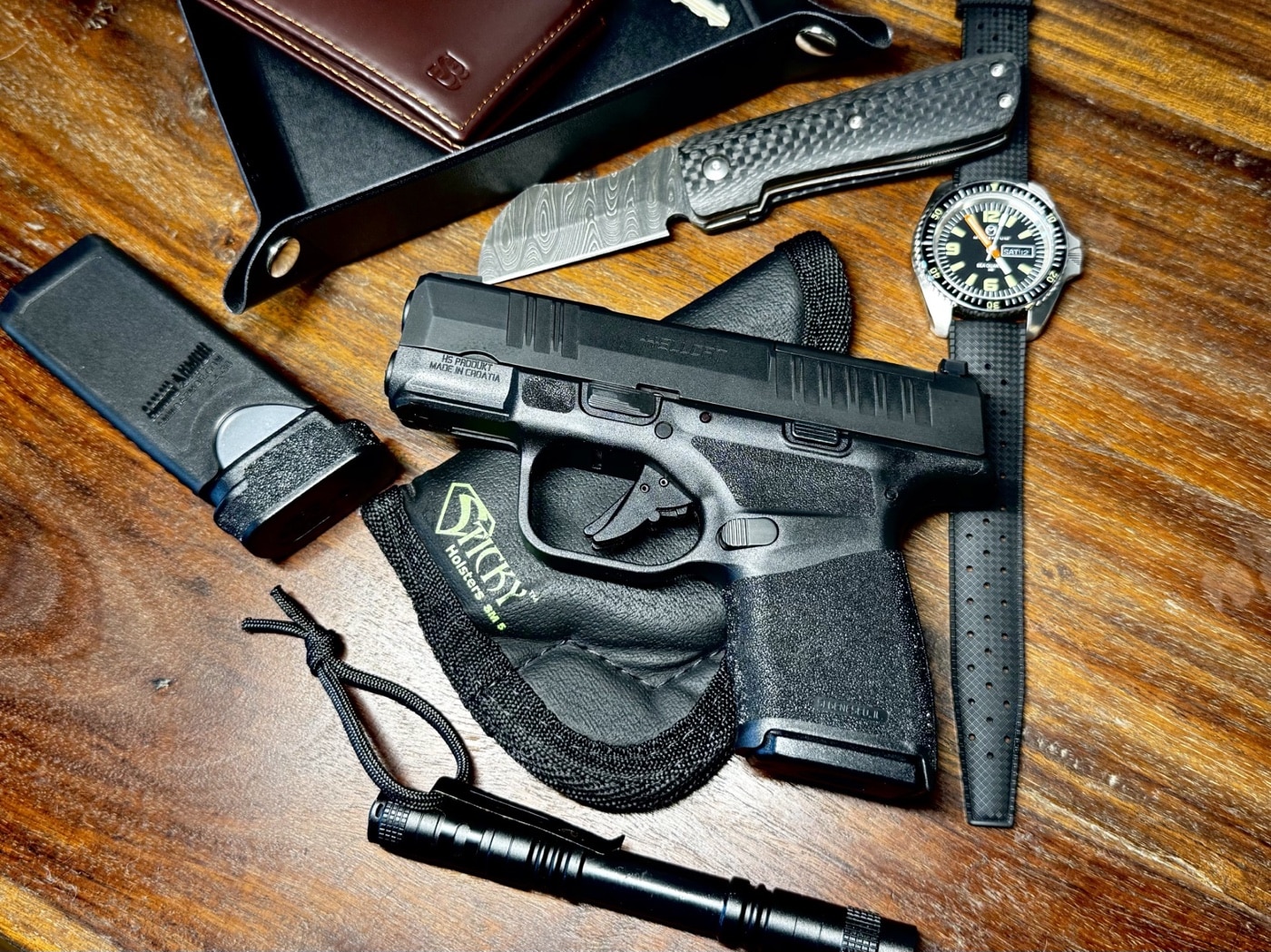
Situational awareness is perceiving your immediate environment, anticipating possible scenarios, and formulating contingencies. At my daughter’s concert, I began my observations upon entering the parking lot. I monitored people’s appearances and movements. I looked at vehicles, especially those nearest the building. On entry, I checked the ingress and egress routes.
Since seating was not assigned, I chose a place on the aisle, but not the nearest to the exit. Exits are also where a perpetrator might enter. If you sit too close, you will have no reaction time. Once I had made my observations and had options, I was ready to enjoy the music. This type of situational awareness should be part of your daily routine, whether dining out, shopping at the mall, strolling in a public park, or attending a car show.
Actions You Can Take
If you are forced to face down an attacker in a gun-free zone, while being restricted from the means to defend yourself with a firearms, you still have some options.
The common doctrine taught to citizens in case of an AAE is Run, Hide, Fight. There are other acronyms, but this is the simplest and easiest to understand and implement.

First and foremost is “run.” Escape is the preferred response, if possible. If the assailant is not close, you will have to decide if it is safe for you to run. Use your exits, they may be doors or windows. Knowing the building can be invaluable. If you are familiar with the location, review the evacuation routes in case of a fire or other emergency.
If you choose to flee, move quickly and far away to a safe space. If you encounter law enforcement officers while doing this, show that you have empty hands in full view and follow all instructions by law enforcement. You may be directed or taken to a staging area for triage and/or debriefing.
Also, as soon as is feasible, you or someone in your group should call 911 and relay as much information as you have about the location, description of the attacker and any other intelligence you have about the incident.
If you cannot run, then hide. You may not have time to travel far, so improvise the best concealment you can. Find a room with solid walls and doors you can barricade with furniture. If the room has windows, lock them and shut any blinds or curtains. Turn off the lights.
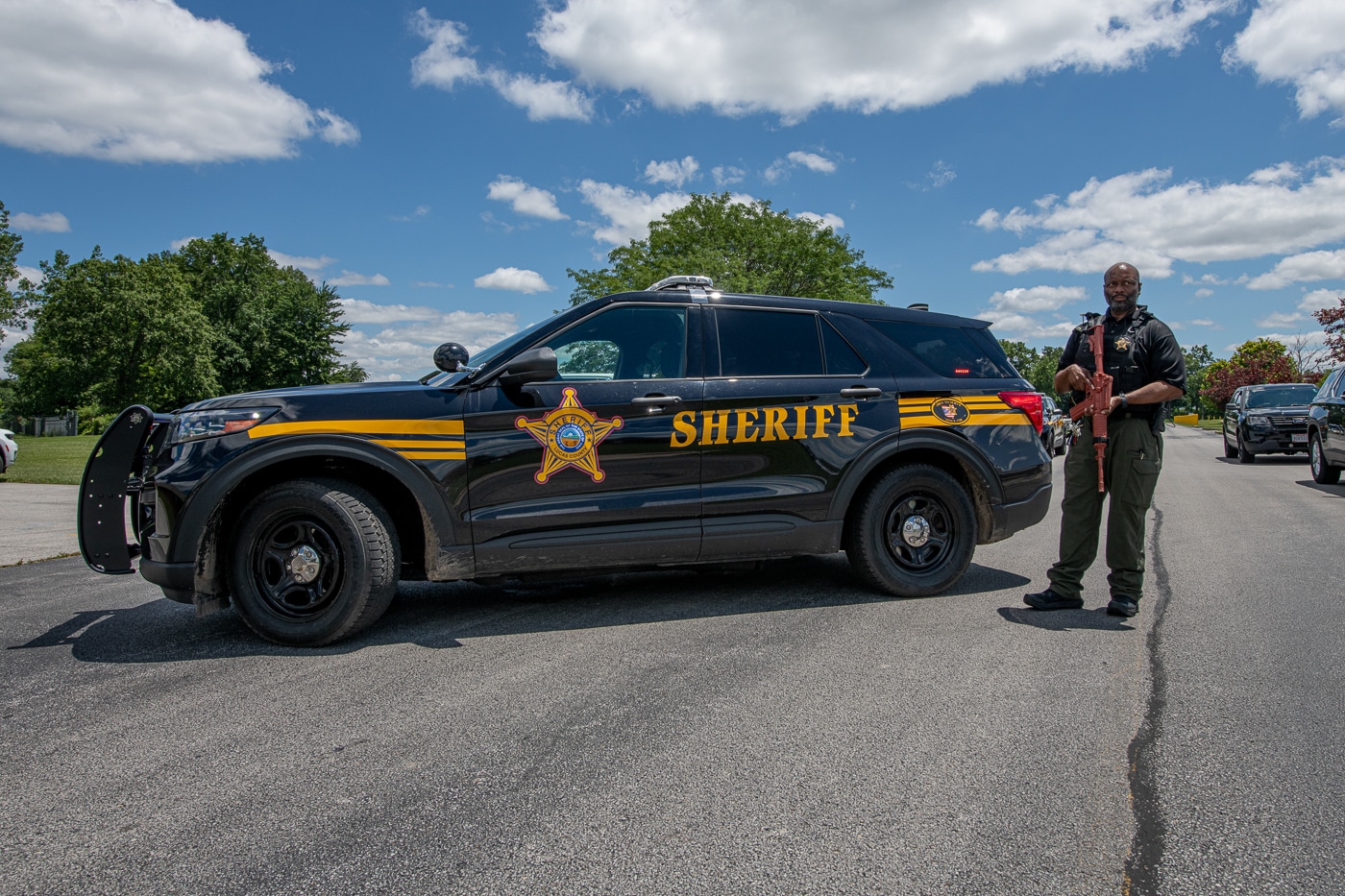
You will need to remain very quiet, so silence your cell phones and keep talking to a minimum. If the event is occurring some distance away, make a 911 call and quickly give information.
As a last resort, you may be forced to attempt to stop the assailant by deadly force or incapacitation to defend your life. Again, this is a difficult action to undertake since you have been restricted from having a firearm to defend yourself.
Conclusion
Safety is about risk mitigation and the choices we make. While it can be a dangerous world, do not let that deter you from living life to the fullest. When something is not right, rely upon your survival instincts coupled with preparation and awareness. Share these thoughts with your loved ones. And my daughter’s recital was wonderful, thanks for asking!
Editor’s Note: Be sure to check out The Armory Life Forum, where you can comment about our daily articles, as well as just talk guns and gear. Click the “Go To Forum Thread” link below to jump in!
Read the full article here

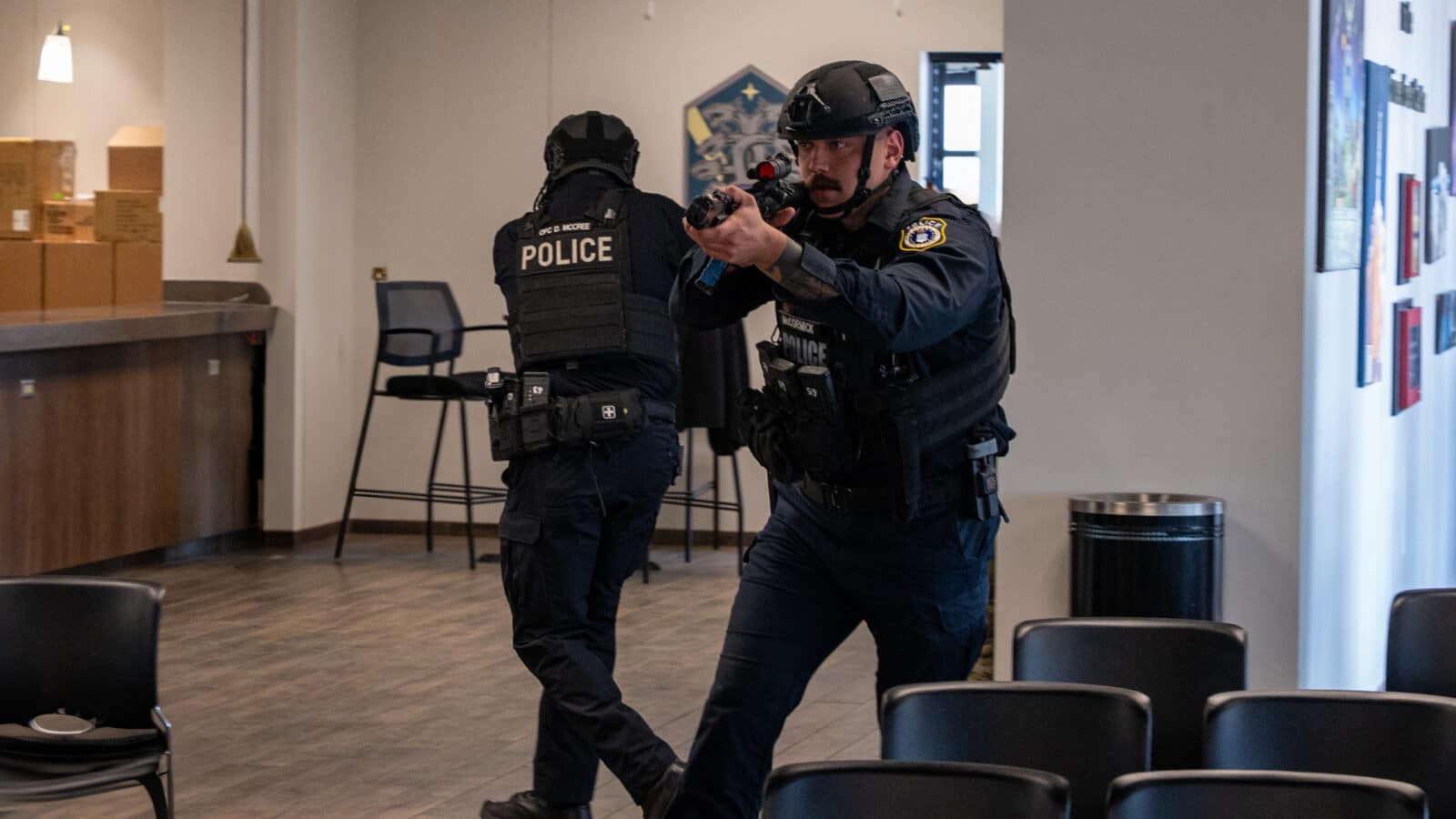


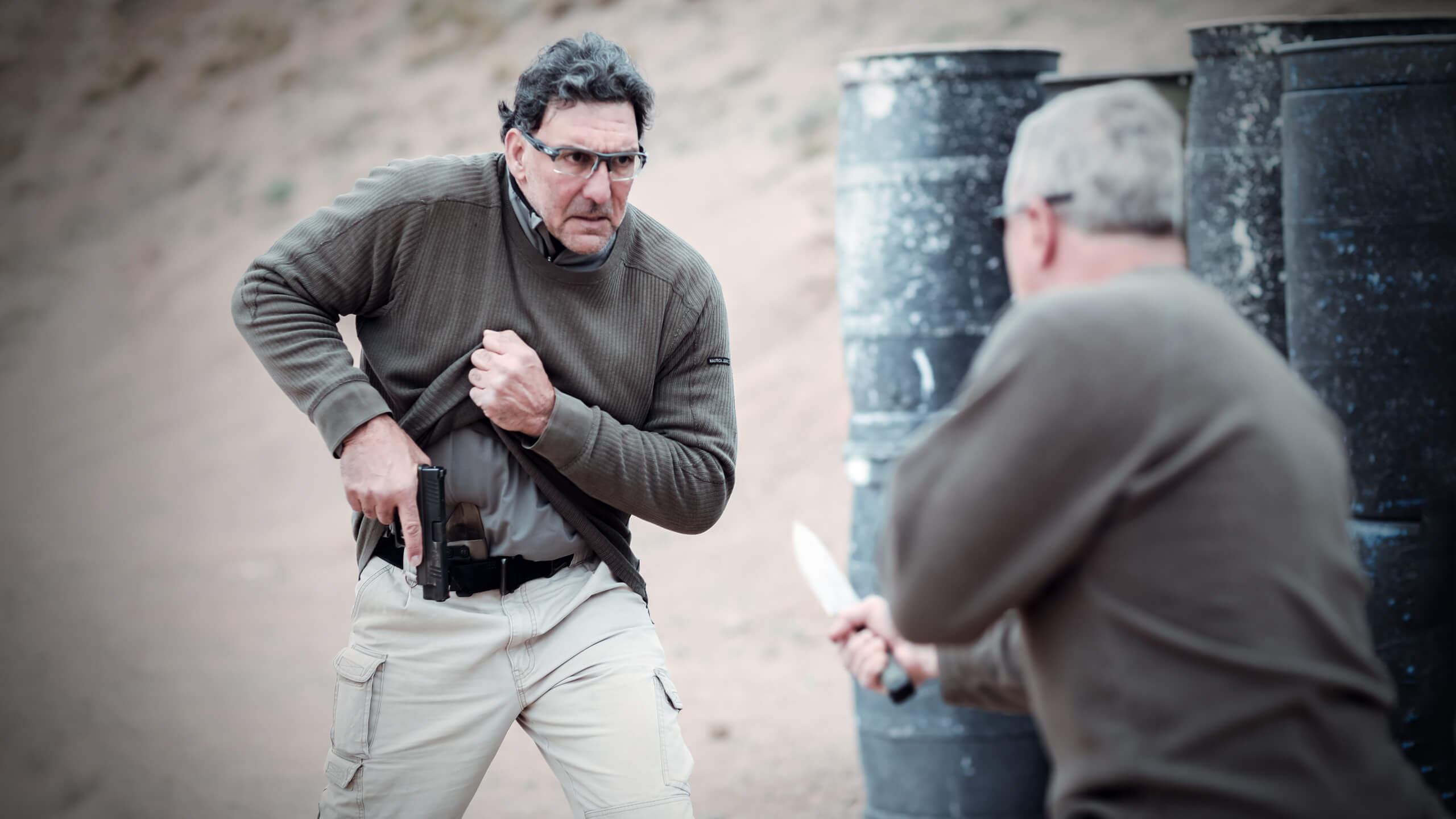



Leave a Reply